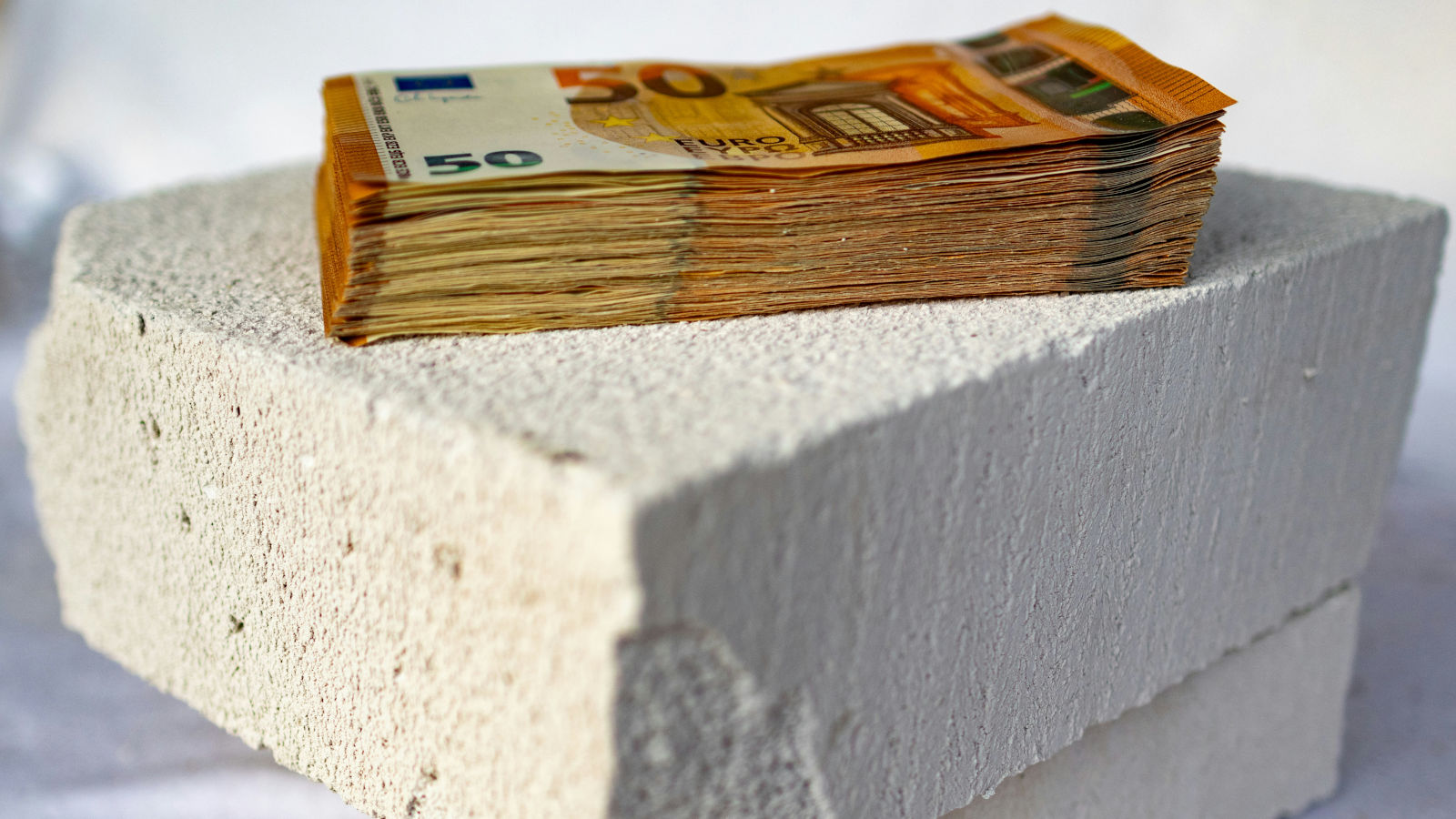
In recent times, the construction industry has experienced significant fluctuations in prices, notably during the COVID-19 pandemic and the Ukraine-Russia conflict. However, such volatility isn’t entirely unprecedented, as historical data reveals similar instances linked to energy price spikes and global crises. Looking ahead, the trend suggests that we’re unlikely to return to the era of slow price growth seen in the past decade. Instead, ongoing and coming global crises, will likely continue to impact construction prices. This necessitates a proactive approach from industry to mitigate dependencies and manage cost risks through updated procurement practices and risk management strategies.
Are we finally returning to a period of normal price development, as the rise in construction prices has slowed down and, in some cases, even reversed? This is a question I often hear when I talk to people responsible for purchasing materials in construction companies. Unfortunately, there is no easy answer to this simple question. The question has also made me wonder what is normal. Does it refer to the pre-COVID period of low inflation and low interest rates, when the prices of many materials remained almost unchanged year after year? Or are we entering a new normal where even sharp changes in material prices are a persistent factor, at least for the time being? To anticipate the future, or even to define what is normal, we must first understand the past.
In this blog post, I will discuss the strong price movements in construction in the past, along with their causes, and briefly comment on what our future might look like in terms of prices.
Historical background and current situation
The rise in construction prices during the COVID and since the outbreak of the war in Ukraine has been particularly strong, even by historical standards. It is therefore safe to say that this has been a period of abnormal price changes, although there have been changes of a similar magnitude in the past. The graph shows the annual price change in residential construction since the 1970s in part of the Nordic countries and on average in the euro area (20 euro countries). In practice, rapid price developments and even strong price fluctuations were the rule rather than the exception until the 1990s. During the period under review, the highest annual price change on record occurred in Finland in 1974, when the average price level rose by as much as 24% compared with the previous year. In the same year, another record was broken in Finland as the number of completed dwellings rose to a high of 46,000 – a record that still stands. After 1974, at least the years 1980, 1991, 2007 and, most recently, 2022 stand out on the graph.
ABOUT THE AUTHOR
Timo Koskinen
Forecon Ltd., Finland
Timo Koskinen has been working as a management consultant and analyst in the construction sector at Forecon since 2018. Timo leads the 'Construction Costs' product segment, which focuses on providing cost-related insights and price forecasts to support companies' decision-making processes and risk management.
All these years have one thing in common: a rapid rise in energy prices, especially oil. The 1974 price spike was driven by very similar reasons to today’s: a war and a resulting energy crisis. Again, Western countries responded with a series of reforms aimed at reducing dependence on oil, including increasing the use of coal and renewables in energy production. Another oil crisis occurred at the turn of the 1980s, caused by the war between Iraq and Iran. The Gulf War broke out in 1990. In 2007-2008, oil prices reached their highest levels on record, but exceptionally the high prices were not caused by war. In addition to high energy prices, the rise in construction prices was driven by very strong demand for construction, with construction volumes in the Euroconstruct countries at an all-time high.
The COVID pandemic had a major impact on the global market economy and thus also construction prices in 2020–2021. In the COVID year 2021, the average price change for residential construction in the eurozone remained surprisingly moderate at +5.8%. There are two main reasons for the moderate price increases.
- Energy prices increased but remained at moderate levels. As a result, price increases were not widespread, but only affected certain materials.
- The price level in the first half of 2021 was still low, which kept the average price change for the year as a whole at a moderate level.
However, the upward pressure on prices continued in early 2022 when war broke out between Ukraine and Russia. Unlike the COVID pandemic, the impact of the war on material prices was much more widespread, although this time it was also more predictable. In addition to the indirect material price increases caused by energy prices, Russia’s extensive raw materials industry and geographical location also had a number of direct price effects. In 2022, the largest annual price change for residential construction in Eurostat’s history was recorded, with prices rising by an average of +12% (20 euro area countries).
Future price trends
As a result of globalisation, we are increasingly affected by crises around the world, whether they are incipient or over. Historical price trends show that price volatility has repeatedly increased as a result of various crises. Rises in construction prices have often been associated with rises in energy prices, either due to a supply shock or a surge in demand. Rising energy prices are invariably reflected in industrial production costs and passed on to construction companies and ultimately to consumers. As a result of globalisation, we are therefore constantly exposed to various market and supply chain shocks. On the other hand, globalisation has increased the supply of materials and products, which has contributed to a favourable price trend for the buyer.
In particular, the war between Russia and Ukraine has taught us that over-dependence on energy or raw materials can have devastating and far-reaching effects on our economy. In recent years, the side effects of globalisation have led many to wonder whether globalisation in its current form has reached the end of the road. Will the free movement of goods give way to protectionism and will we move towards more localised energy and material production? From a price perspective, localising production would have at least two effects: at the same time as reducing the impact of global crises on the price of the final product, it would raise the overall cost level due to higher production costs in Western countries.
What is certain, however, is that the highly exceptional market and production disturbances experienced in the early 2020s in the global economy, and hence in construction prices in most countries, will not be the last ones. The current acute, ongoing crises include at least the war in Ukraine and its possible escalation or end, the war in Gaza and its escalation, and the situation in the Red Sea. All these crises have already had a direct or indirect impact on construction prices in Europe. So, at least for the next few years, I don’t think we are likely to see a return to the slow price growth we became accustomed to in the 2010s. Instead, I believe that both policymakers and business leaders will continue to feel pressurised over the next few years as a result of various investments and risk management measures to reduce dependencies. At the corporate level, procurement processes and practices are being or will be overhauled, and at the latest now is the right time to take action to manage cost risks. History will repeat itself and the cause-and-effect relationships will remain surprisingly similar.
ABOUT THE AUTHOR
Timo Koskinen
Forecon Ltd., Finland
Timo Koskinen has been working as a management consultant and analyst in the construction sector at Forecon since 2018. Timo leads the 'Construction Costs' product segment, which focuses on providing cost-related insights and price forecasts to support companies' decision-making processes and risk management.
